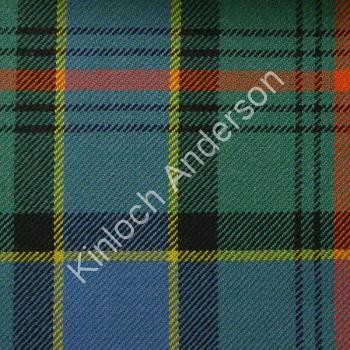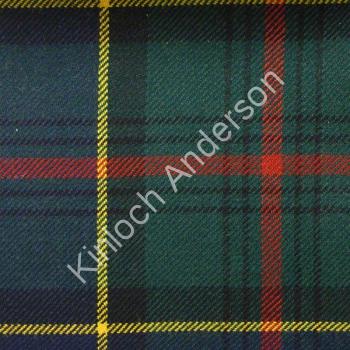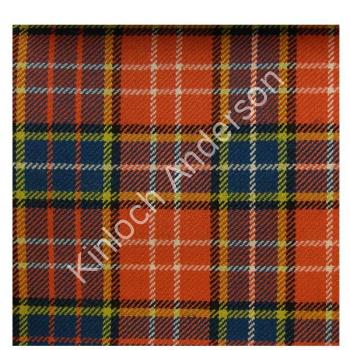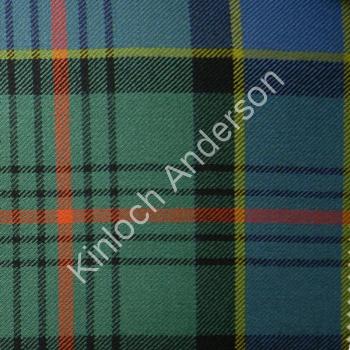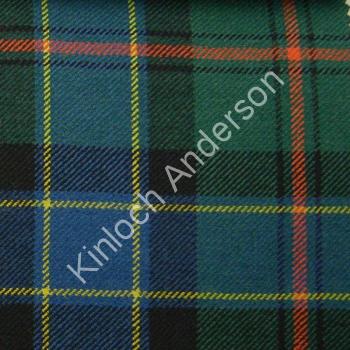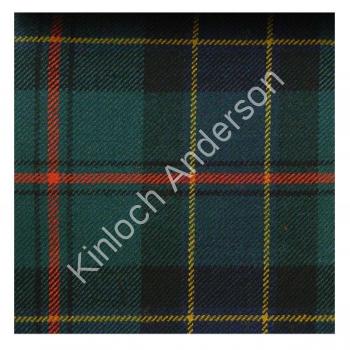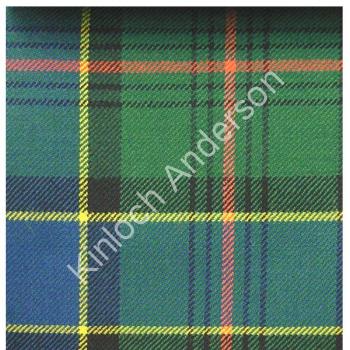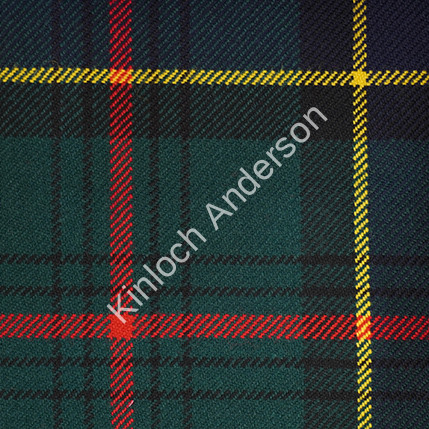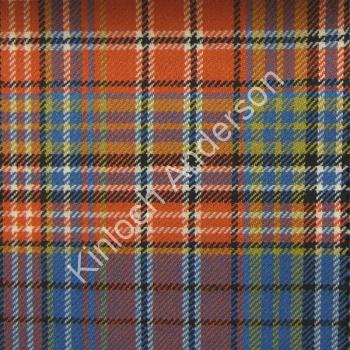discover
KINLOCH ANDERSON
Sign up to our newsletter and receive exclusive offers and everything you need to know about Highland Dress!
You can unsubscribe at any time.
Email:
Article
Ogilvie
Motto: A Fin (To the end)
There are two possible sources for the Ogilvie surname which is found both in Ireland and Scotland. Although generally regarded as a name of territorial origin (lands of Ogilvie in Angus), the name also formed as a result of the Anglicisation of the Gaelic descriptive name ‘O’Giolla Bhuidhe’, descendent of the yellow (haired) lad or servant. This source for the name is usually associated with Ireland, the Scottish equivalent being ‘MacGhille Bhuidhe’. There is no known connection between the Irish O’Giolla Bhuidhe (Ogilvies) and the Scottish family of the same name.
From what the lands of Ogilvie take their name does not seem to have been established. About the year 1175 the lands of Ogguluin were granted by William the Lion to Gilbert son of Gilbride, first Earl of Angus, Gilbert assumed the name Ogilvie. Walter de Ogilvy was appointed High Treasurer of Scotland in 1425.
Clan Ogilvie is known in Gaelic as ‘Siol Gilchrist’, the race of Gilcrest, the servant of Christ. This is generally held to refer to Gilcrest, maormor of Angus. As a clan they seem to have continually been feuding with their neighbours.
In 1526 many with this name were massacred when the MacIntoshes invaded their lands. In 1591 several tenants of James Ogilvie in Glenisla were murdered by the Campbells and in 1640 Argyll and his men burnt the castles of Airlie and Forthoun and also the house of Sir John Ogilvy of Craig in Glenisla.
The Ogilvies took their revenge five years later when in 1645 as part of the ‘Highland Host’ under Montrose, the Ogilvies helped to lay waste to Argyll’s estates and together with the MacLeans burnt the Campbell’s Castle of Gloom near Dollar. Other than the Ogilvies of Airlie, the other main families were the Ogilvies of Inverquarity, Forfarshire; Carnousie, Banffshire and Barras, Kincardineshire.

Refine search
Choose from one of the Ogilvie tartans listed below:



